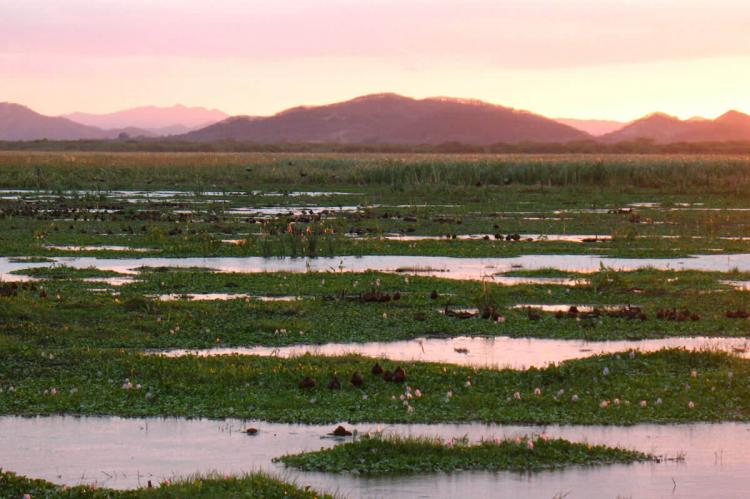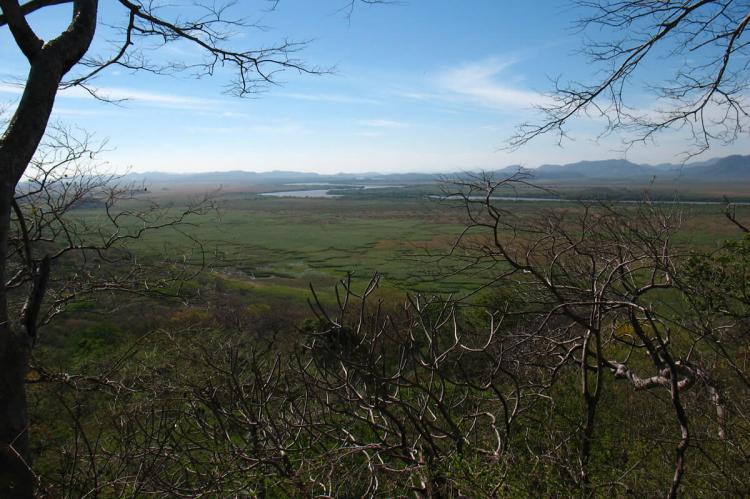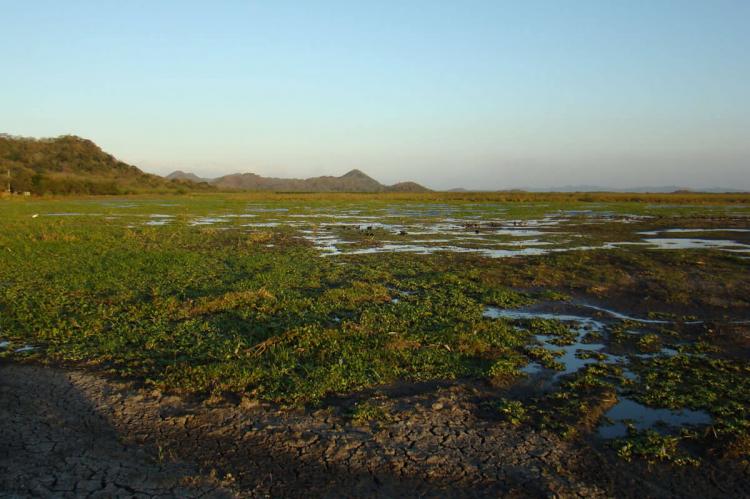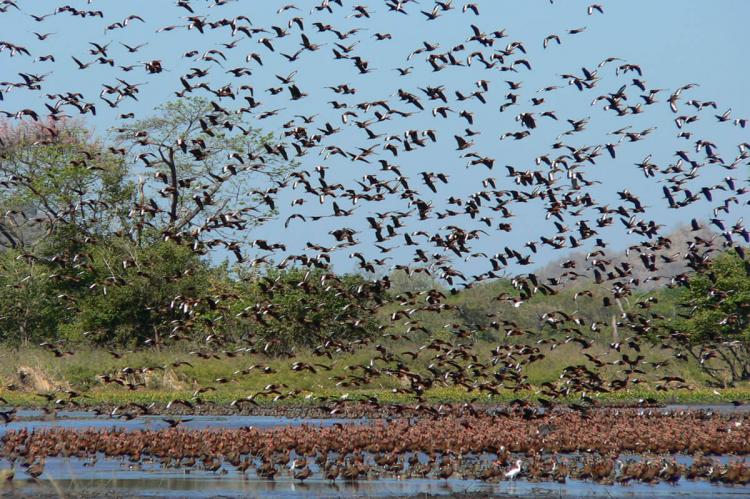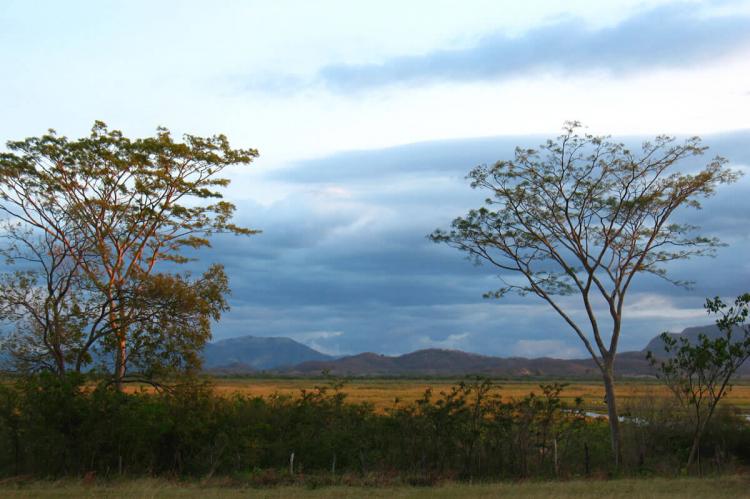Palo Verde National Park: Costa Rica's Biodiversity Haven
Palo Verde National Park is in Guanacaste Province and is part of SINAC's Tempisque Conservation Area. The park gets its name from the palo verde shrub, representing its unique ecosystem's resilience. It's a critical sanctuary for the endangered tropical dry forests that once covered Central America.
Palo Verde National Park
Costa Rica's Biodiversity Haven
Nestled in the heart of the Guanacaste Province, Palo Verde National Park sprawls across 18,410 hectares (45,492 acres), forming an integral part of SINAC's Tempisque Conservation Area. The park derives its name from the hardy palo verde shrub, an emblem of the resilience that characterizes this unique ecosystem. This national treasure is among the last bastions safeguarding the endangered tropical dry forests that once blanketed Central America.
The area of the national park, situated at the convergence of significant rivers, is a critical watershed for the region. Its strategic location at the mouth of the Tempisque River makes it a sanctuary amid Costa Rica's driest province. Amidst the aridity, this protected area flourishes as a wetland haven, offering a respite for diverse flora and fauna.
Palo Verde unfolds a rich mosaic of 15 topographical zones, ranging from luxuriant evergreen forests to expansive mangrove swamps. Each zone contributes to the park's biodiversity, creating a harmonious blend of ecosystems. This diverse landscape is a refuge for migratory and resident waterfowl, ensuring the park's protection by law.
Avian Paradise
Palo Verde is a birdwatcher's paradise, boasting a staggering array of over 300 bird species. Its most celebrated residents are scarlet macaws, great curassows, white ibis, and roseate spoonbills. The park serves as a migratory stopover, witnessing a breathtaking congregation of up to 250,000 birds during peak seasons. The skies above Palo Verde echo with the melodies of forest-dwelling birds, creating a symphony of nature.
Parajos Island, nestled in the embrace of the Tempisque River, emerges as a sanctuary within a sanctuary. It is the largest nesting site for black-crowned night herons in Costa Rica, an enchanting spectacle for bird enthusiasts. The island's lush environs provide a tranquil retreat for these majestic birds, contributing to the ecological harmony of Palo Verde.
Wildlife Extravaganza
Palo Verde's allure extends beyond its avian population. The park is a thriving habitat for a diverse array of wildlife. Deer, coatimundis, armadillos, howler monkeys, white-faced monkeys, and peccaries share the landscape, creating a rich biodiversity. Notably, Palo Verde hosts the largest jaguarondi population in Costa Rica, emphasizing its commitment to preserving the region's unique fauna.
American crocodiles gracefully patrol the depths of the park's waterways, reaching lengths of up to 4.5 meters (15 feet). As other parts of the country face water scarcity during the dry season, Palo Verde's river basin becomes a vital lifeline, drawing an impressive assembly of birdlife and providing sustenance for its diverse inhabitants.
Conservation Triumph
Palo Verde National Park is a beacon of successful conservation efforts, striking a delicate balance between human activities and ecological preservation. Amidst the encroachment of civilization, the park remains steadfast in its commitment to protecting fragile ecosystems, ensuring that future generations can witness the beauty and biodiversity that unfold within its boundaries.
This natural haven invites visitors to immerse themselves in its wonders, witness diverse species' harmonious coexistence, and appreciate life's delicate dance within its protected confines. Palo Verde National Park beckons as a living testament to the importance of conservation and the resilience of nature.
